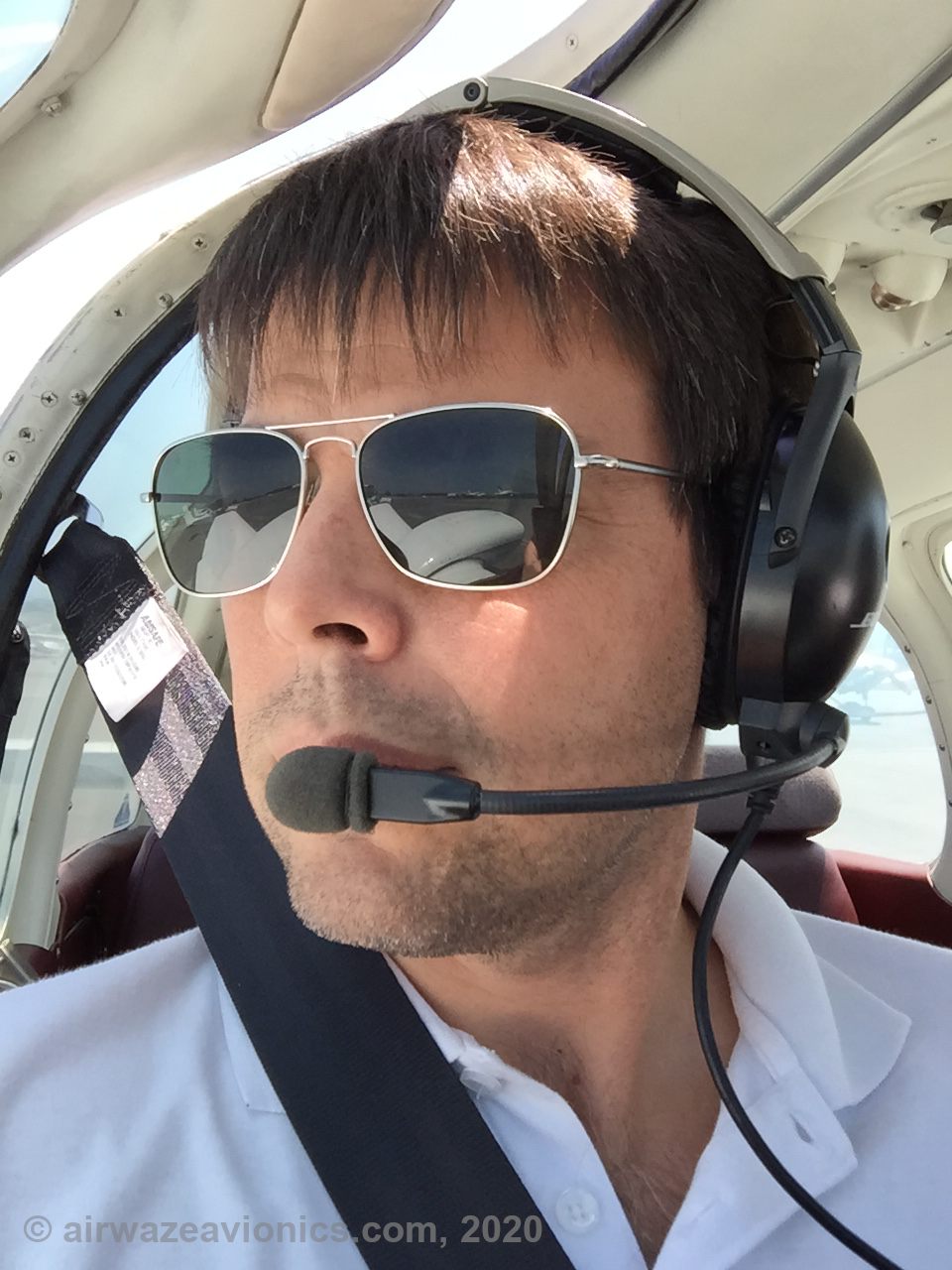Hello. My name is Brian and this is my avionics blog. I’m a former US Navy aviation electronics technician (AT), a flight instructor with instrument and multi-engine ratings and I hold a master’s degree in electrical engineering. As you might expect, I love everything about aircraft. Especially avionics technology.
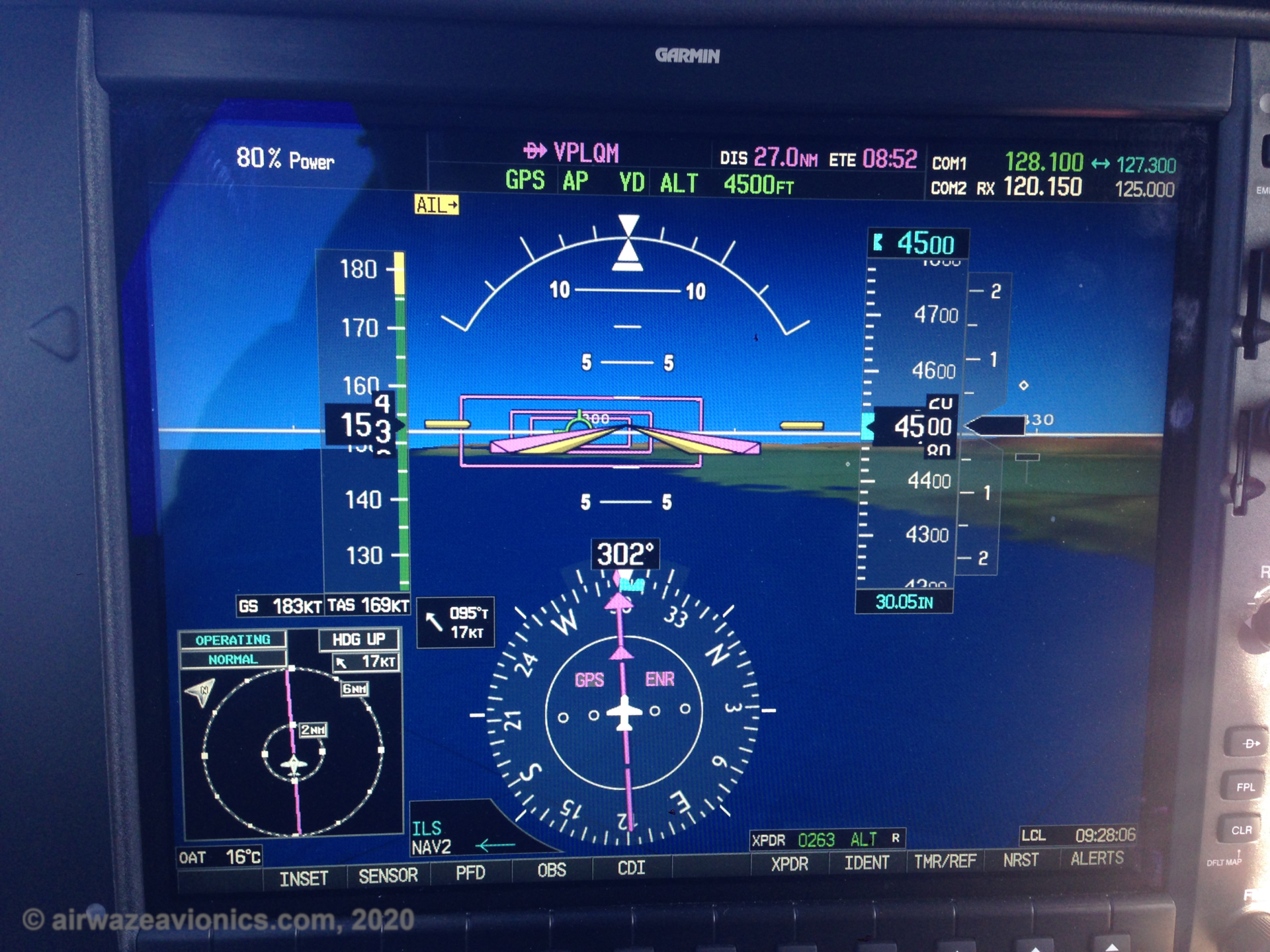
At different points in my career, I have worked on and flown quite a few different types of aircraft. So far, my favorite to fly is the King Air C90 but the Baron 58 is a close second.
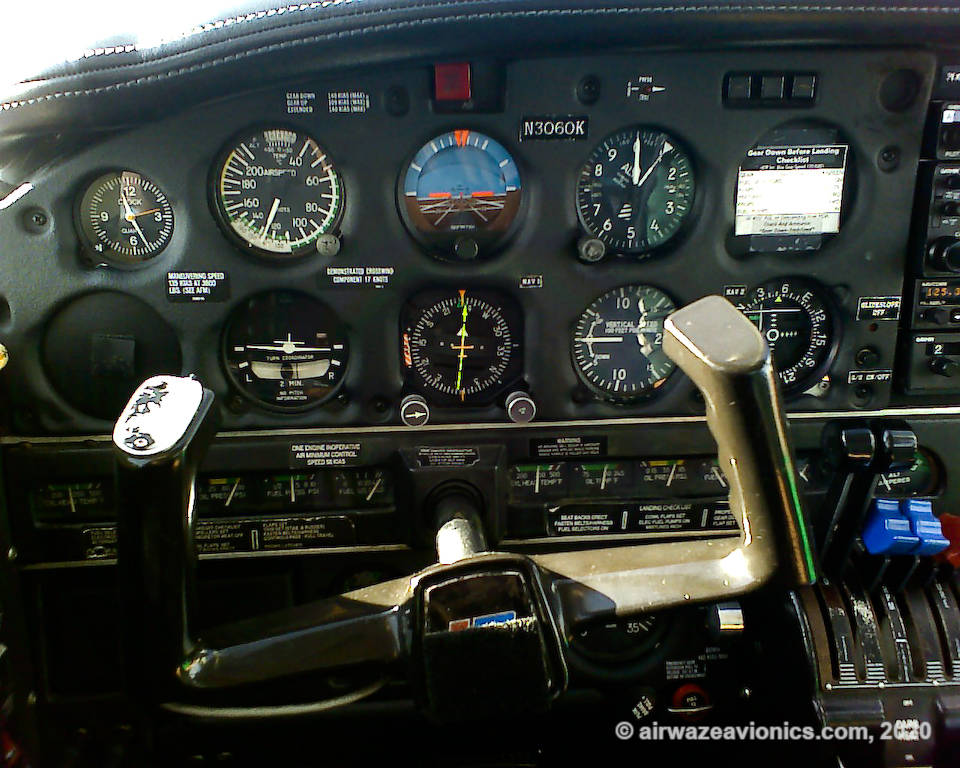
As an avionics technician (“AT”) in the US Navy, I had the privilege of working on avionics for VA-205 “Green Falcons” Grumman A-6 aircraft out of Naval Air Station Atlanta ( I’m dating myself! ).
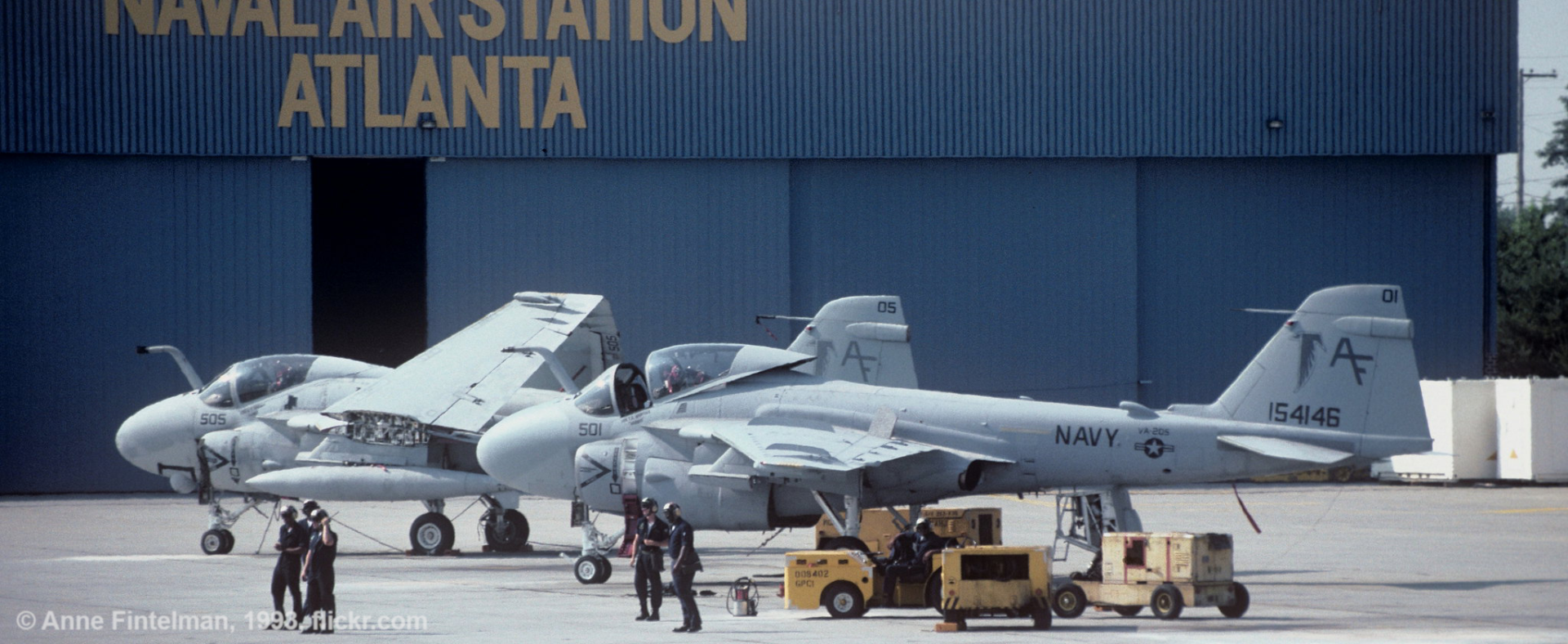
Later, I worked as an avionics engineer for Delta Air Lines out of their massive technical operations center at Atlanta International Airport. These were both awesome experiences that taught me a lot about the inner workings of aircraft as well as aircraft maintenance procedures and regulations.
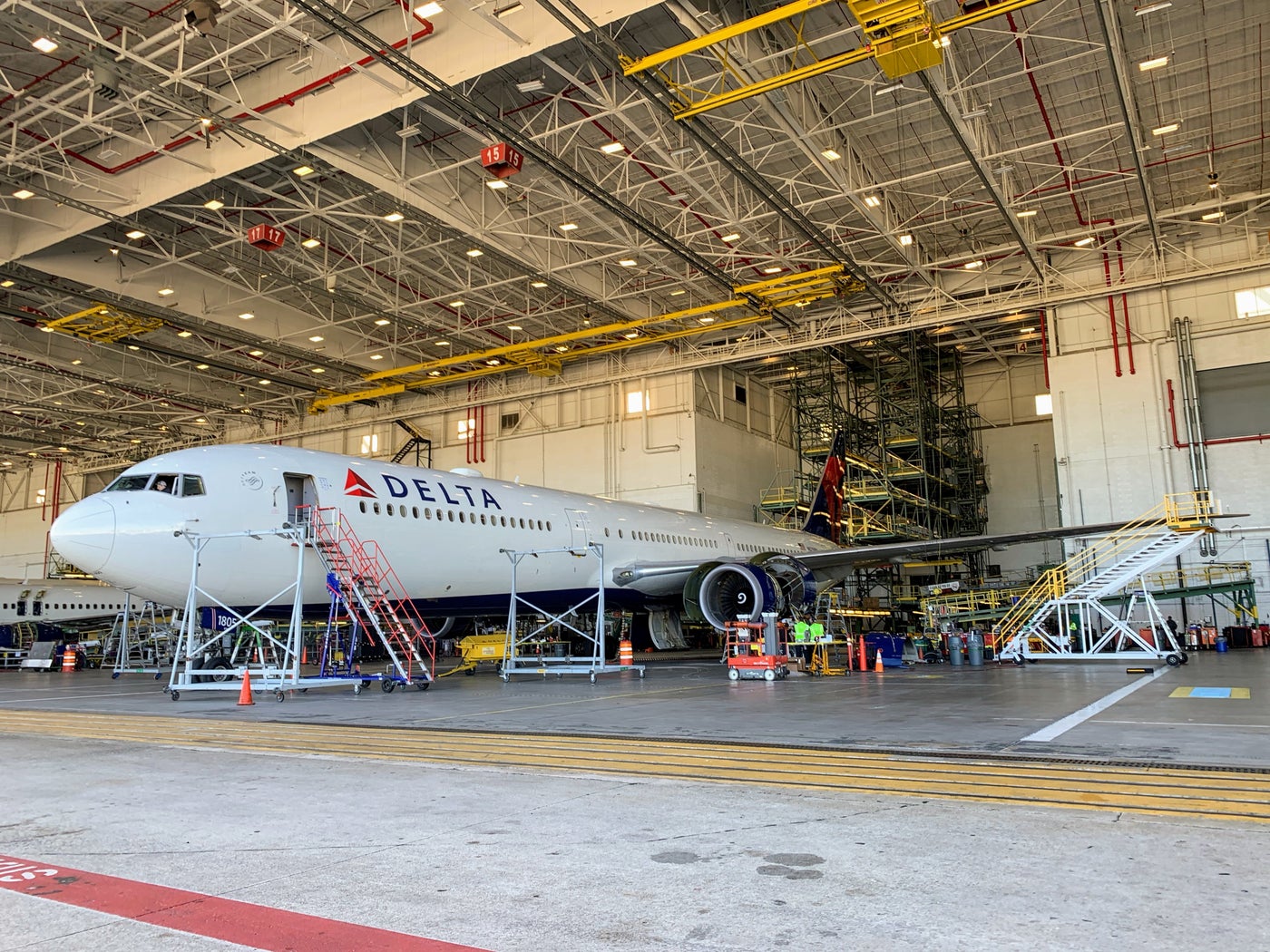
My early experiences with Delta and the Navy cemented my desire to become a pilot. I just loved the smell of jet fuel ( and still do ). It didn’t matter if it was on the ramp or on the flight deck. Unfortunately, life intervened, as did the first Gulf War, and I missed my calling as the next “Maverick”. It didn’t matter, the aviation bug had bitten hard and it was just a matter of time until I got my wings as a civilian.
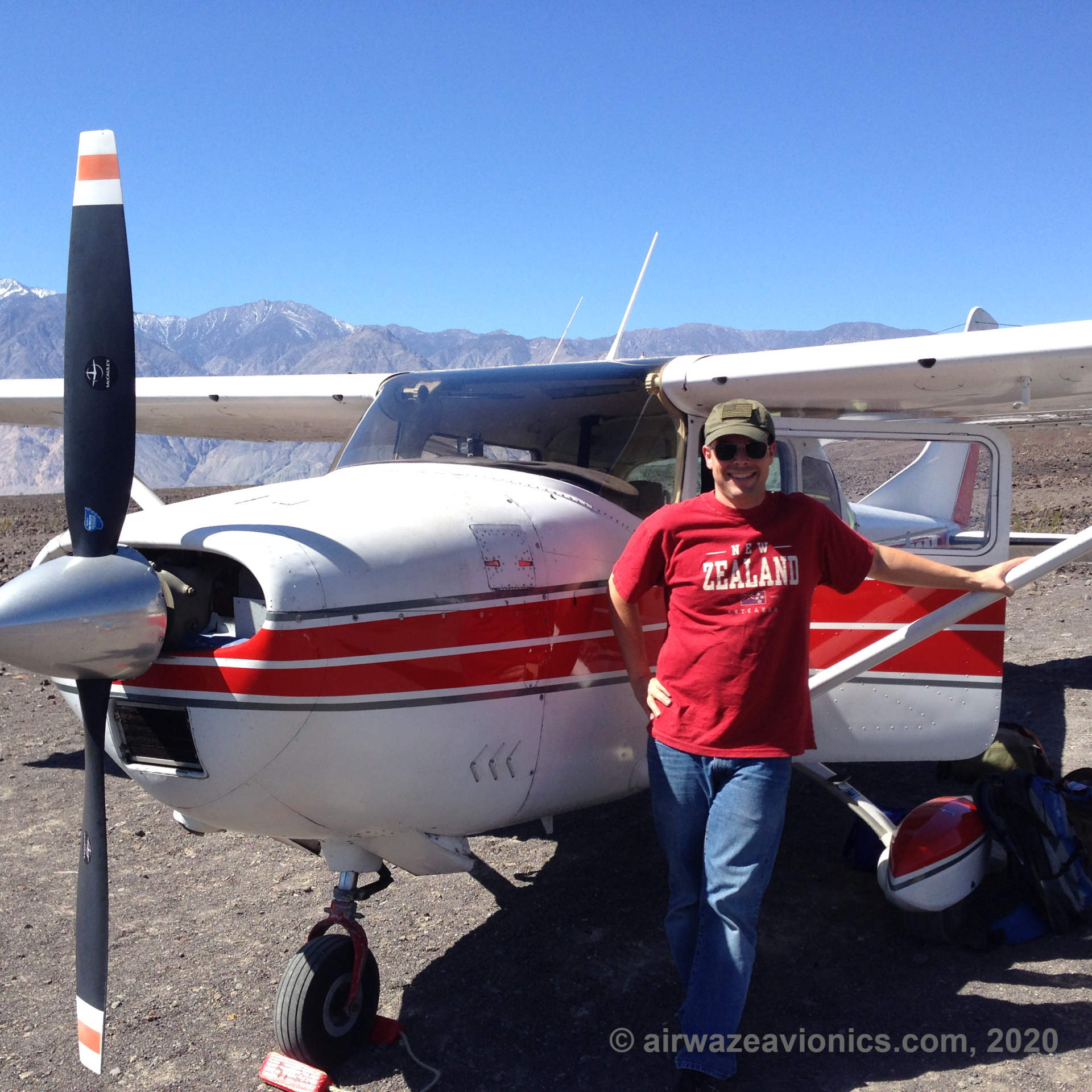
Soon I was itching to get into larger and faster aircraft so I started training for a regional airline career. I completed all of my ratings ( instrument, commercial and multi-engine instructor ) and started accumulating flight experience just in time for the big economic crash of 2008. Life again intervened and this combined with the recession made flying at the regionals a non-starter. My career as an independent flight instructor and pilot for hire was born.
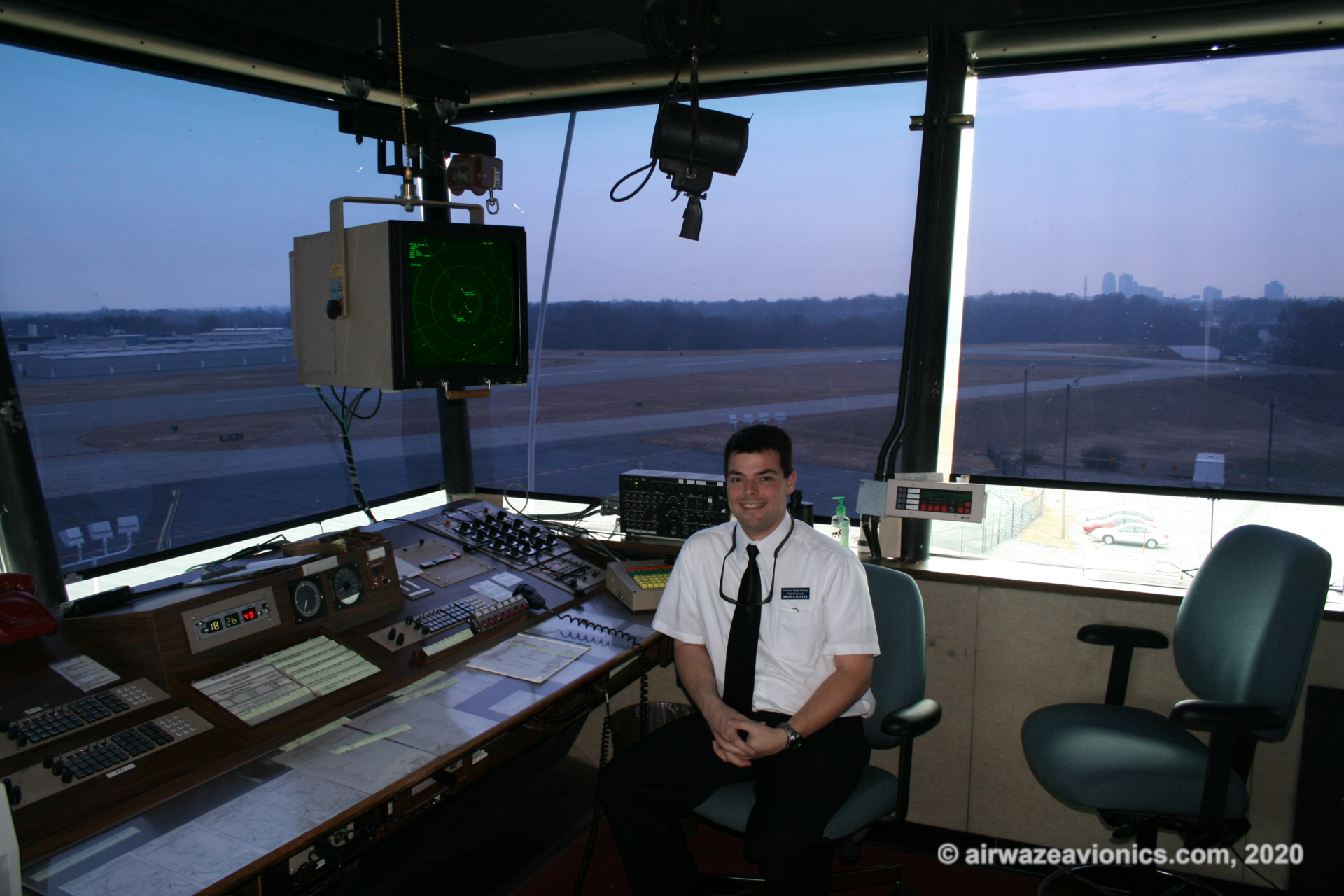
Eventually, I managed to get myself into a situation with a day job doing electrical engineering and a side job that put me behind the yoke of a King Air C90. It wasn’t a regular gig but I was just happy to be smelling jet fuel. I was getting paid to log twin-turbine time and the guy I was flying with was a wealth of information about everything aviation. During this time I learned about life as a corporate pilot. The flying is great but the life isn’t as glamorous as it might seem. There are long hours of “hurry up and wait”, last-minute schedule changes, and owners that treat you like a bus driver. Your mileage may vary but that’s what I saw during my short stint at it.

Throughout my journey with aviation, I have been fascinated with the technology in the cockpit. I found myself almost needing to know things like:
How do the flight instruments work? What’s inside them?
How do ILS, VOR, DME, and ADF systems really work?
How does the autopilot work?
Of course, you don’t need to know all of these things to become a fantastic pilot. I do believe; however, that being intimately familiar with all systems on your aircraft will put you in a much better position to handle any systems failures or emergencies that might pop up.
Based on my personal experience and research, I plan to post answers to the above questions and many others as time permits. There are many top-notch “learn-to-fly” websites out there and this site isn’t meant to duplicate the information found on those sites. I plan to focus on the technical details of systems as opposed to things you might find on an FAA airman knowledge test. That being said, I issue the following disclaimer: I am not a certificated avionics technician and neither do I hold an A&P certificate. Do not use any information posted on this site for the purpose of maintaining or repairing certificated avionics equipment.

Now, with the introduction out of the way, let’s proceed “without delay” to explore avionics technology.

